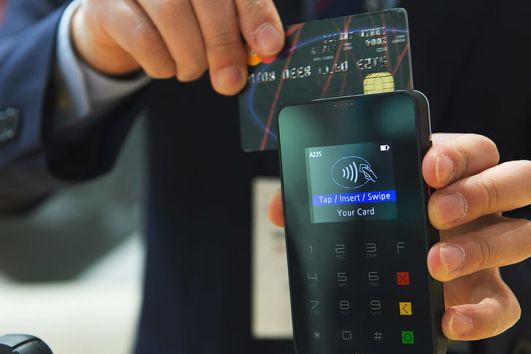Is Credit Card Piggybacking a Good Way to Build Credits?

There are various ways to build credit. Credit card piggybacking is one of the quickest ways to do so. But the term can be confusing.
What exactly is credit card piggybacking?
Credit card piggybacking simply means utilizing an authorized user tradeline to boost your credit score. You essentially use another person’s (with permission) credit card with a good history to help boost your credit score. It is a legitimate and fastest way to build credit.
Piggyback credit lines can help a person who has a really poor credit score and need to raise it quickly. If you have a very little credit history, it will adversely affect your credit score. If you are just starting to build your credit, you will need a lot of time to build credit. Your credit score can become low due to repeated delayed payments or non-payments. If you have credit utilization of more than 30% then also it will reflect poorly on your credit score. Credit utilization is the ratio between the available credit limit to the remaining balance on an account. A high credit utilization ratio gives the lenders the impression that you do not use debt responsibly.
But there is a way around such problems. You cannot live with bad credit all your life. You can also not wait forever or a long time for your credit score to get higher. You might need a loan or two in the meantime or new credit cards. In such cases, you can simply use credit card piggybacking to your advantage.
When you become an authorized user on another person’s credit card; the account’s good history begins to appear on your credit reports as well. These piggyback credit lines will appear on all three of your credit reports.
How do piggyback credit lines work?
You can become an authorized user on a family member’s credit card. But such arrangements can be fraught with risks. If the owner of the account stops maintaining the ideal balances on credit cards or is frequently late with payments; it can further lower your credit score.
Another way to utilize piggyback credit lines is to lease an account from tradeline companies. These companies keep a large inventory of tradelines, which you can buy to boost your credit score. Buying tradelines is essentially leasing them for specific periods. You pay for tradelines you need. In turn, the company will make you an authorized user on those tradelines.
All the tradelines you will buy will come with perfect credit histories. So, you will be able to use them to raise your credit score. You can buy one or multiple piggyback credit lines as per your requirements.
How to utilize piggyback credit lines?
To use piggyback credit lines perfectly, work with the right tradeline company. Choose a company that is clear about its terms and conditions. Check the company’s website for information about their business and inventory.
It is best to work with a company with a large and varied inventory of tradelines. It will help you choose the right ones for your requirements. Also, check if the price of each tradeline is mentioned clearly on the website or not. It will help you clearly decide which tradelines you can buy as per your budget. The details about each tradeline’s credit history should also be present on the website. It will help you to buy tradelines as per your unique requirements in terms of credit histories. For instance, you may need piggyback credit lines with more than two years of history to raise your credit score to the desired level.
Other than the business and inventory details, there are other factors to help determine the authenticity of a tradeline company. Check if the office address is mentioned on the website? Is there a phone number mentioned on the website and does the line work? Is the company responsive to your queries about the piggyback credit lines and the process involved in using them?
Once you have found the right tradeline company; you can rest assured that credit card piggybacking will work for you. You need to be clear about your requirements and buy the right piggyback credit lines.







